Falls are among the leading causes of workplace injuries, contributing to both significant personal suffering and financial costs for employers. Preventing falls is crucial not only for safeguarding workers but also for maintaining productivity and reducing liability. Here’s a comprehensive look at effective fall prevention strategies to enhance safety in the workplace.
1. Conduct Regular Risk Assessments
The first step in preventing falls is to identify potential hazards. Conducting regular risk assessments helps pinpoint areas where falls are most likely to occur. Inspect the work environment for uneven surfaces, cluttered walkways, and unprotected edges. Additionally, assess tasks that require working at heights or involve the use of ladders and scaffolding.
2. Implement Effective Training Programs
Training is pivotal in fall prevention. Employees should be educated about the risks of falls and the proper use of fall protection equipment. Training programs should cover safe ladder use, proper procedures for working at heights, and emergency response techniques. Regular refresher courses ensure that safety protocols are fresh in everyone’s mind.
3. Use Proper Fall Protection Equipment
Fall protection equipment, such as harnesses, guardrails, and safety nets, is essential for minimizing fall risks. Ensure that all equipment meets regulatory standards and is properly maintained. Equip workers with the right gear for their tasks, and regularly inspect equipment for signs of wear or damage.
4. Maintain Clean and Organized Work Areas
A clean and organized work environment reduces the risk of tripping and falling. Keep floors free of debris, spills, and obstacles. Ensure that cables and cords are properly secured and that work areas are well-lit. Proper housekeeping practices contribute significantly to overall workplace safety.
5. Design Safe Workspaces
Workplace design plays a critical role in fall prevention. Ensure that walkways are clear and free of hazards. Install guardrails around edges and open areas where falls could occur. Properly design and maintain stairways with secure handrails and slip-resistant treads to prevent accidental falls.
6. Promote a Safety Culture
Creating a culture of safety involves encouraging employees to report hazards and near-misses. Foster an environment where safety is prioritized, and where employees feel responsible for not only their own safety but also for the safety of their colleagues. Recognize and reward safe behaviors to reinforce the importance of fall prevention.
7. Review and Update Safety Protocols
Finally, regularly review and update fall prevention policies and procedures. Stay informed about changes in safety regulations and incorporate new best practices. Continuous improvement and adaptation of safety protocols ensure that fall prevention strategies remain effective and relevant.
By implementing these fall prevention strategies, employers can significantly reduce the risk of falls and create a safer workplace environment. Prioritizing fall safety not only protects workers but also contributes to a more productive and efficient workplace.

Kathryn Davies
President Owner

